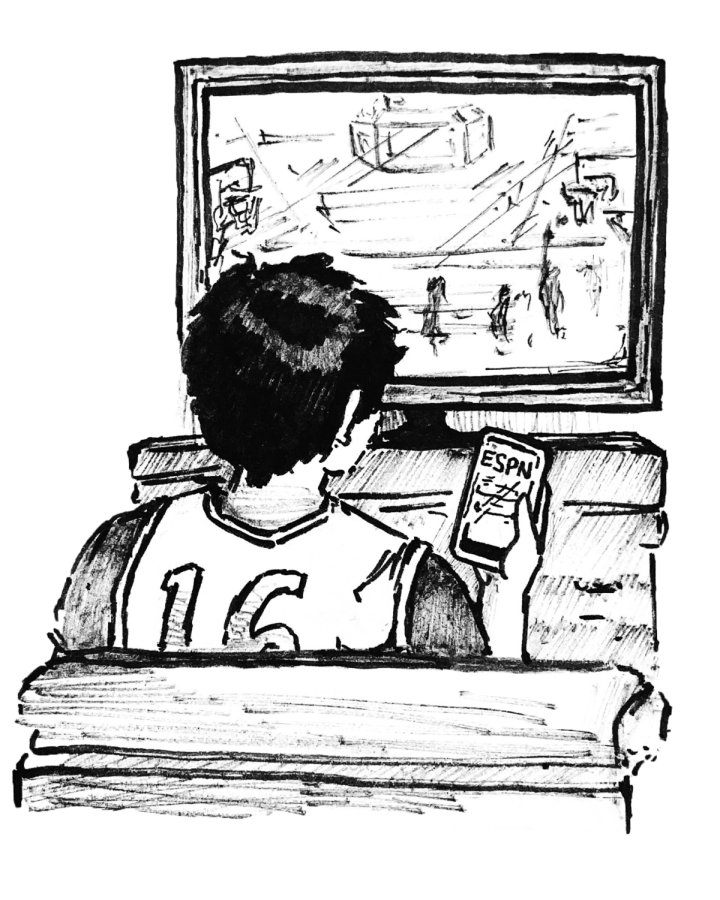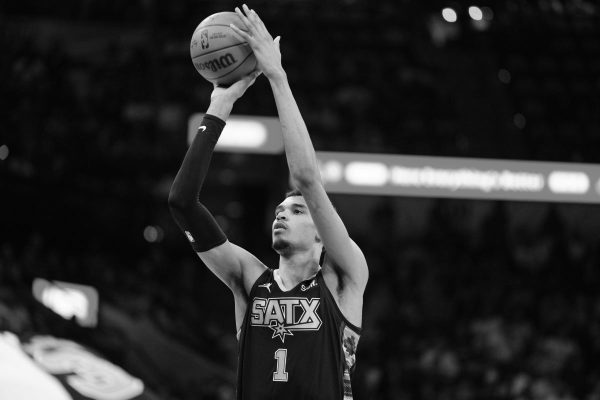Twitter Breaks Barriers For Sports Journalists
One year ago, I watched softball for the first time during the Women’s College World Series. Although I was not previously familiar with the structure or culture, I was able to learn about the importance of RBIs and Oklahoma’s dominance throughout the competition — not through lots of books or articles, but through Twitter, a medium through which sports journalism has flourished. Along with convenience and clarity, there is a great amount of accessibility on Twitter, and I owe the journalists on the site for helping me better understand events that I’m interested in and for aiding me as a sports editor.
As I’ve previously written, I didn’t watch a lot of sports growing up, with the exception of the Olympics and one trip to the U.S. Open when I was nine. Because of this, I knew very little about the rules, regulations, and key players in many sports.
When I became an Ohio State fan and it came time to watch its annual football rivalry against Michigan, I had no idea where to start. Although there were articles and Wikipedia to help, what really fostered my interest was the football community on Twitter. Obviously, Twitter is not completely detached from the real world — there are a lot of hateful comments that often go unchecked. At that moment, though, it felt that no question was too stupid to ask. Additionally, it introduced me to other sports not common in the U.S. such as short-track speed skating, which was popular during the 2022 Beijing Olympics and which I hope to continue researching in the future.
Compared to other apps such as Instagram and Facebook, which heavily rely on visuals, Twitter is a fast and easy way to share bits of written information, making it optimal for journalists. Of course, this applies to all genres and forms of news, but Twitter’s relationship to sports journalism is exceptional. The entry into such a competitive field is now changing — USC Annenberg Media now has guidelines for how to properly live tweet sports. No longer is it something only for a select few people — anyone can now reach out to experienced journalists or do some reporting on their own.
It’s one thing to see live stats on ESPN’s website for a basketball game, but it’s another to see them alongside commentary and various statistics. Watching this with the live broadcasts gives me a much clearer perspective on what’s going on, and it was something that I relied on heavily to better understand moments during March Madness, such as questionable calls, plays, and happenings off the court, such as the infamous interaction between Hailey Van Lith and Sonya Morris in the handshake line in a recent game.
Twitter thus presents a new way to tell stories about sports. I don’t want traditional longform reported pieces and live broadcasts to be replaced with short snappy updates or commentary; rather, the site is able to seamlessly combine these media together, blending oral and written forms of communication to create a unique and beautiful experience. With this, we can get in-depth looks at what’s going on behind the scenes at games, profiles on the fans who fill the stadiums, additional thoughts from reporters on the scene, and even memes, such as the infamous crying Northwestern kid meme in 2017 March Madness.
As I’ve said before, Twitter isn’t a perfect website. The community and amount of content can be overwhelming to look at sometimes. There can be an urge to look through every single game, or else not feel like the “perfect fan.” But especially as March Madness comes to an end, I have a deep appreciation and gratitude for what Twitter has done for the sports journalism community, and I hope that it can be an integral guide in the industry’s future. It’s sure to continue creating incredible moments for fans and players alike.




